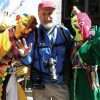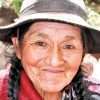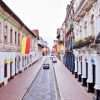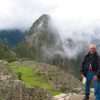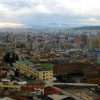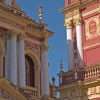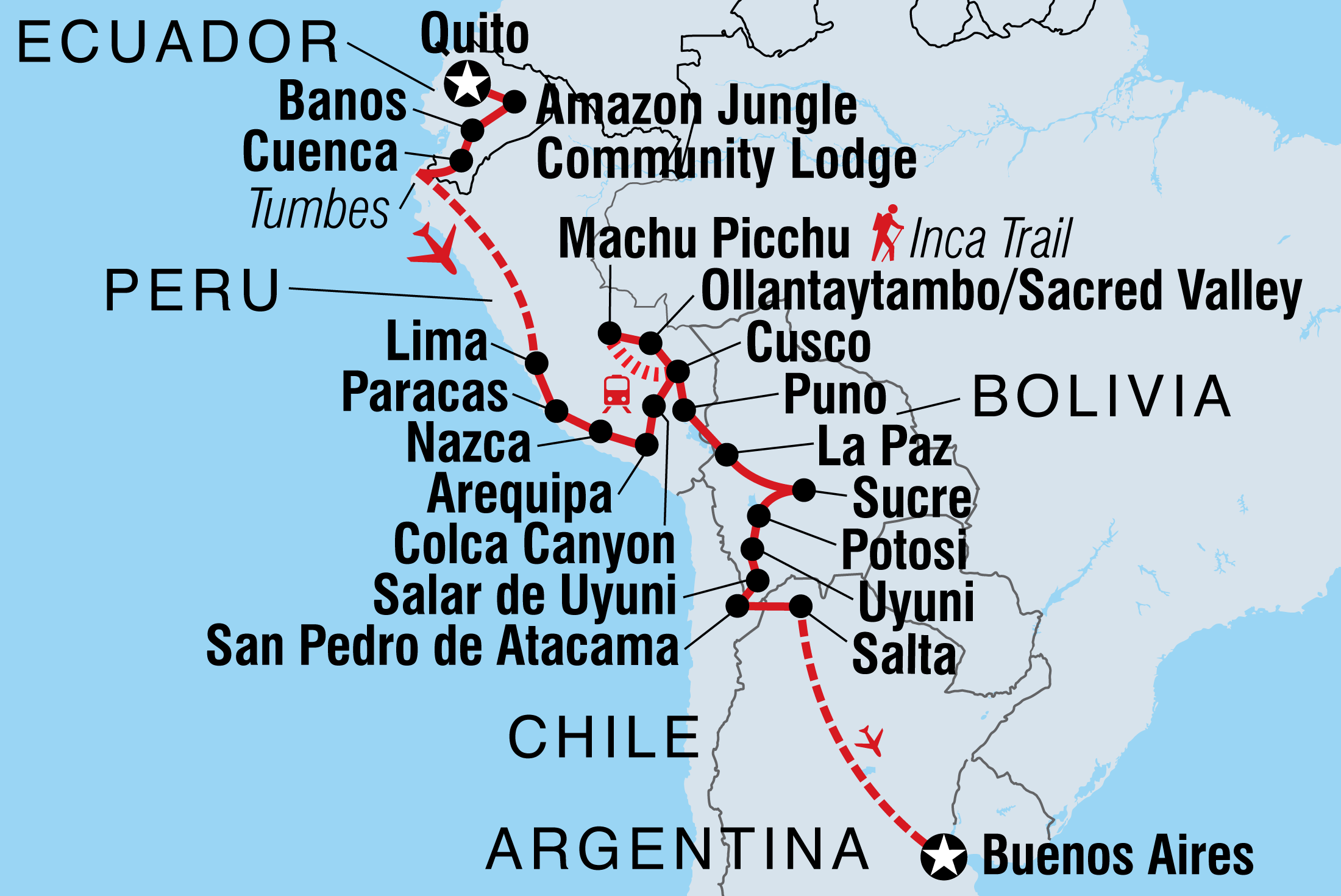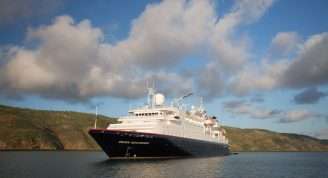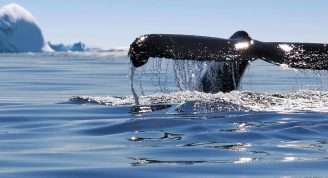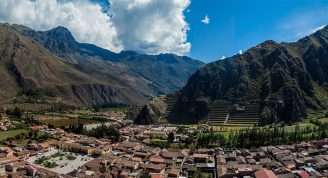Description
Catching the best of a whole continent is a hard task, but with this 43-day Lonely Planet Experience powered by Intrepid, you’ll get the chance to hit all of South America’s hotspots without the hassle of organising all the logistics yourself. Instead, marvel at the lost Inca citadel of Machu Picchu, Andean condors flying high over the Colca Canyon, floating communities on Lake Titicaca and the puzzling lines of Nazca. From Quito through Lima, Cusco, La Paz and to Buenos Aires, get to know a Latin way of life in more detail, with a local leader joining you to point out the best barrios and beverages you can find at each stop.
- Discover the heart of Ecuador’s Amazon as you take a boat to a community lodge deep in the rainforest. Your welcoming hosts will introduce you to their way of life as you get a true insight into local living.
- Get out and about on a city tour of Lima, visiting Miraflores and downtown, and join the Peruvian nightlife in the neighbourhood of Barranco, perhaps sipping cervezas with your newfound travel pals.
- Take an unforgettable 4WD adventure across the Salar de Uyuni – some of the largest salt lakes in the world. Pass cactus islands, train cemeteries and mineral lakes teeming with flamingos.
- The floating islands of Uros on Lake Titicaca are a marvel of concept, construction and history. Head on a boat tour on the lake and spend the night with a local family in a traditional island community.
- A trip through Peru wouldn't be complete without a visit to Machu Picchu. With three different travel options to choose from, how you experience this lost Inca citadel is up to you.



